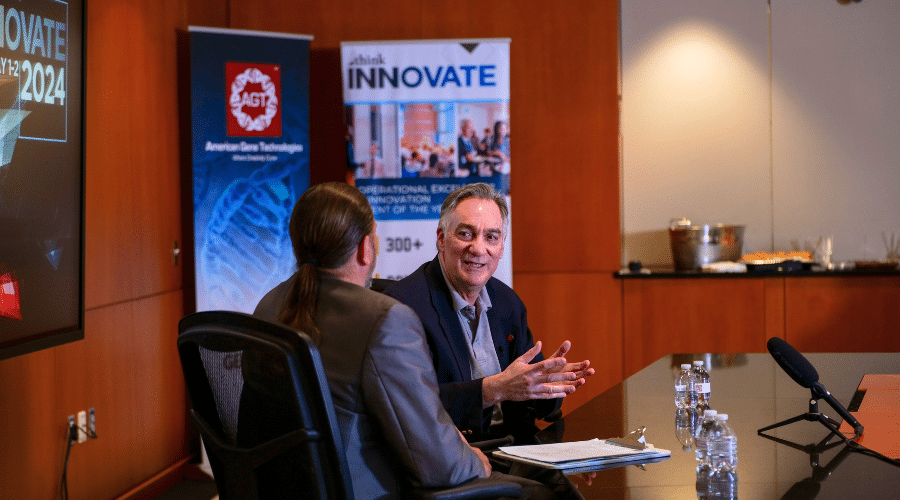Acquisition of Celgene – Medicine is Changing

On January 3rd, Bristol-Myers Squibb announced its agreement to acquire Celgene for approximately $74 billion. This merger is a sign of change for pharmaceutical companies. Like a military planning for the previous war, corporations are always planning for the past rather than the future. In the past, pharmaceutical companies could simply stay big, block market access to smaller companies, and purchase new drug assets as they develop. This strategy assured a place (and a lot of profit) in the market acting as the “publishers” of approved (or soon-to-be-approved) drugs.
Historically, that has worked well for large Pharma, and they continue to rely on this strategy even though the “war” has changed drastically and this tactic will not sustain them. The last two years have produced an increasing number of these large acquisitions. The number of acquisitions will only increase as the speed of drug development increases. Over the coming decade, pharmaceutical companies will exhaust their ability to acquire and will have to change to remain relevant. They will have to change to survive.
Through the last 100 years of developing technologies, major corporations have come and gone. Only a handful have endured. Those corporations are unrecognizable from who they once were. They made massive changes to weather disruptive innovations to their industry. For each one of those enduring companies, there are 100 who changed incorrectly or simply wilted in stagnation. Drug development is not an exception to this rule.
In the past, drugs were developed by the generation of thousands of molecules and screening that random shotgun approach for effect. Pick a symptom of a disease, create a model in cells or mice that resemble those symptoms and apply thousands of compounds until one positively affects the symptom. This approach finds something that works on the models, but frequently has intolerable side effects that prevent it from getting to market. Today scientists are approaching diseases more logically with the root genetic cause as a starting point. With the introduction of gene and cell therapy, we have the tools to directly affect that root cause in a highly targeted manner. The regulatory path to market approval is more clear and becoming faster and more reliable as we build tools and understanding which directly address the root causes of disease in a powerful, and highly-specific manner.
Today there are >6000 monogenic diseases (diseases in which only one gene is incorrect). These monogenic diseases are nearly impossible to address with traditional drug development. They represent $2 to $4 trillion of palliative treatment per year in the healthcare system. These are all diseases with identified genetic root causes. What if, for one disease, you successfully developed tools that allowed you to manipulate this genetic root cause and correct the disease. With these new tools and insights you have developed, imagine how much more quickly you could solve the 2nd, 3rd, and 4th diseases. That is the tipping point we stand on today.
The increase in outsized acquisitions like Celgene is an artifact of the past and a bellwether for the future of the pharmaceutical industry; a symptom of pharmaceutical companies working to stave off extinction. The future of pharmaceuticals is here. The companies who are victorious will be comfortable working with these new toolsets to rapidly innovate. The days of the 15-year drug-development path to market are gone. A new era of medicine will eventually see benchside developments enter clinical trials successfully in under 6 months. The reduction in the time-to-market and the associated reductions in the regulatory costs of testing highly-targetted, highly-specific gene-based drugs will lead to powerful, yet cost-effective new treatments for a myriad of diseases that were previously impossible to treat with traditional drug-discovery techniques.
We have built AGT around this new model of drug development and we hope to be part of the next generation of medicine; rapidly iterating towards powerful, more perfect cures for human diseases. Our first proof of concept is less than a year from the clinic. Our team has participated in technological revolutions before, and we have aligned our company with innovations to drug development that we firmly believe bring new efficiencies and power to treating disease. We intend to contribute to a coming technological revolution in healthcare that will fulfill a wide range of patient needs by yielding an accelerating number of new, highly-effective, and economically-efficient gene and cell therapy treatments each year of this new future.





